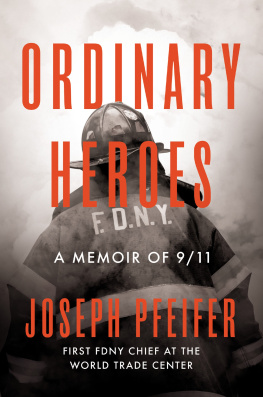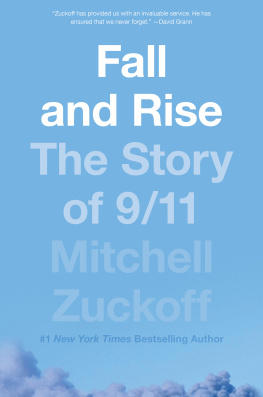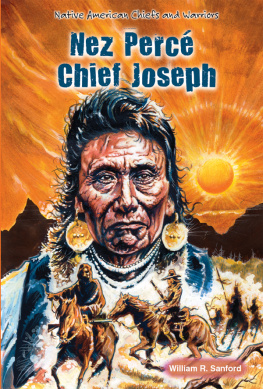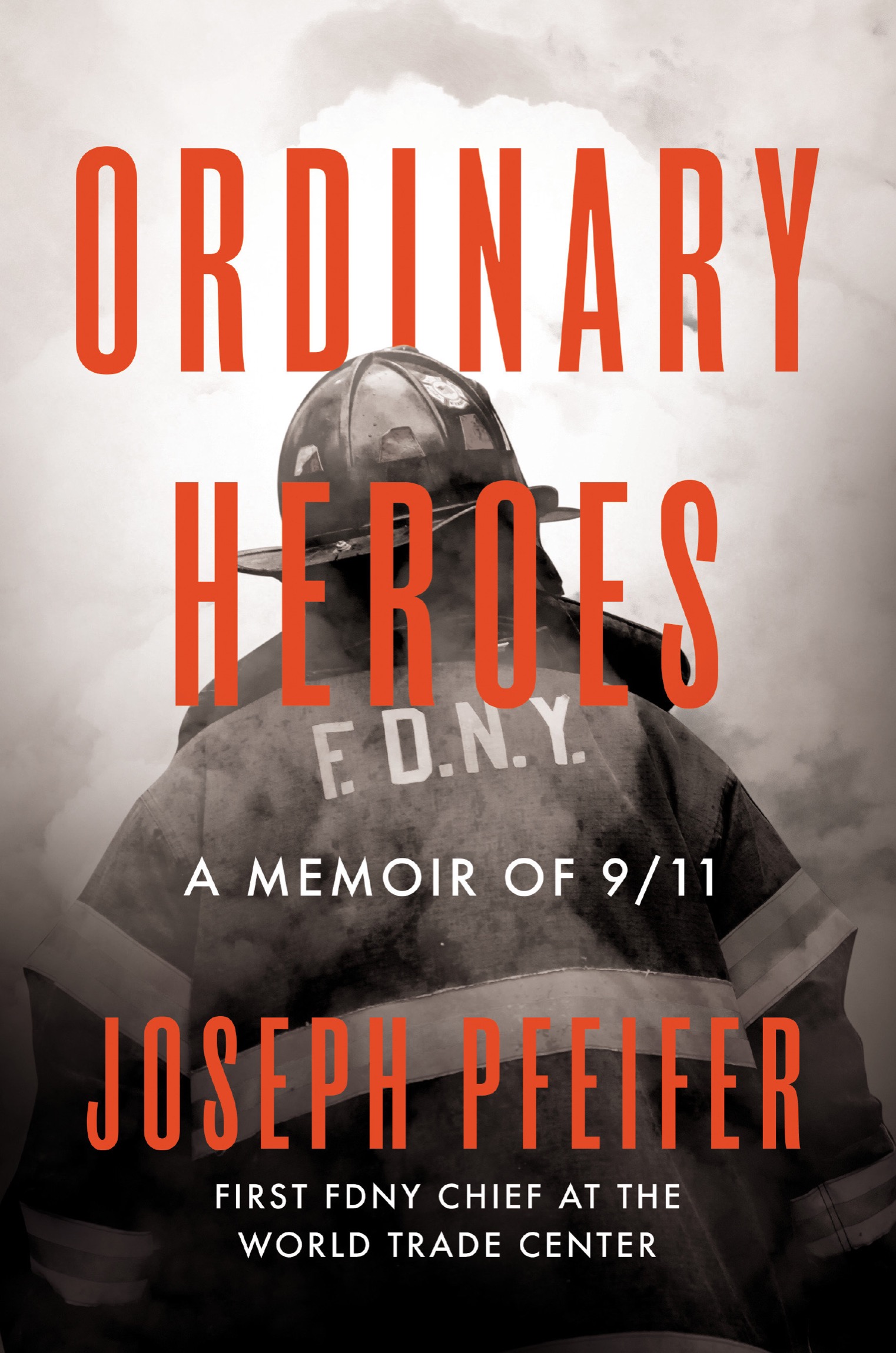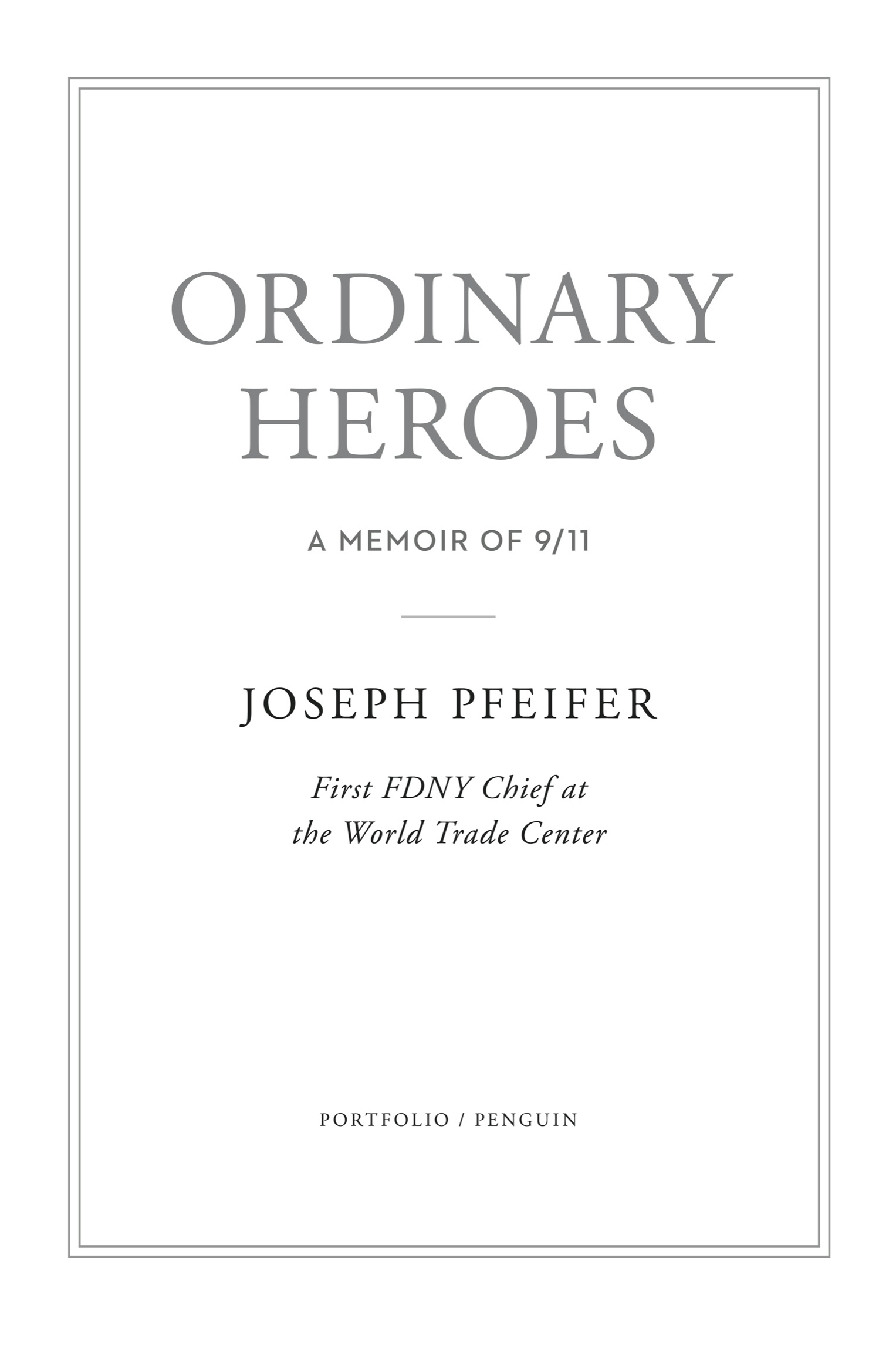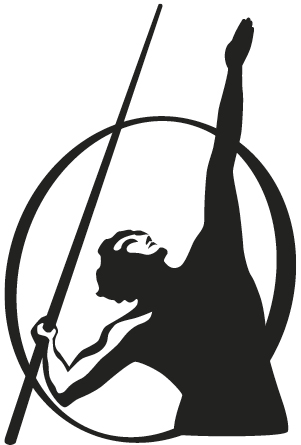
Portfolio / Penguin
An imprint of Penguin Random House LLC
penguinrandomhouse.com
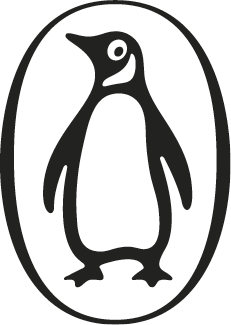
Copyright 2021 by Joseph Pfeifer
Penguin supports copyright. Copyright fuels creativity, encourages diverse voices, promotes free speech, and creates a vibrant culture. Thank you for buying an authorized edition of this book and for complying with copyright laws by not reproducing, scanning, or distributing any part of it in any form without permission. You are supporting writers and allowing Penguin to continue to publish books for every reader.
by Jeff Kowalksy. Unless otherwise noted all other photos courtesy of the author.
Library of Congress Cataloging-in-Publication Data
Names: Pfeifer, Joseph, 1956 author.
Title: Ordinary heroes : a memoir of 9/11 / Joseph Pfeifer.
Description: New York, NY : Portfolio/Penguin, [2021] | Includes bibliographical references.
Identifiers: LCCN 2021024461 (print) | LCCN 2021024462 (ebook) | ISBN 9780593330258 (hardcover) | ISBN 9780593330265 (ebook)
Subjects: LCSH: Pfeifer, Joseph, 1956 | New York (N.Y.). Fire Department. | September 11 Terrorist Attacks, 2001. | Fire fightersNew York (State)New YorkBiography. | Search and rescue operationsNew York (State)New York. | HeroesNew York (State)New York.
Classification: LCC HV6432.7 .P492 2021 (print) | LCC HV6432.7 (ebook) | DDC 973.931dc23
LC record available at https://lccn.loc.gov/2021024461
LC ebook record available at https://lccn.loc.gov/2021024462
Cover design: Sarah Brody
Cover image: Michal Besser / Alamy Stock Photo
Book design by Ellen Cipriano, adapted for ebook by Cora Wigen
Map by Jeffrey J. Ward
pid_prh_5.7.1_c0_r0
To the victims and survivors of extreme events throughout the world, especially my brother Kevin Pfeifer, an FDNY Lieutenant in Engine 33, and one of the 343 firefighters who died at the World Trade Center on 9/11. And to all those who run into danger so others may live. Your bravery is the inspiration for this book.
CONTENTS
1
AN ORDINARY DAY
In the summer of 2001, all of us in the Duane Street firehouse had been hoping for a real fire. What we got were smoke detectors going off in office buildings, a car fire or two, and a phone book aflame in a garbage can. Nothing exciting.
We didnt want a fire for the sake of a firewe wanted one for Jules and Gdon, and for Tony. For several months, Jules and Gdon Naudet, two young French filmmakers, had been living at our firehouse on Duane Street. They were following Tony, a probationary firefightera probiechosen during the three-month training academy of the Fire Department of the City of New York (FDNY). Their idea was to make a film portraying a boy becoming a man in nine monthsthe probation period when firefighters prove themselves.
And proving himself was what Antonios Tony Benetatos was eager to do. Unlike many probies, who had fathers or brothers in the department, Tony had no previous connection to the FDNY. He hadnt grown up in firefighter culture, but he had the drive for it. It sounds kind of cheesy, but I always kinda wanted to be a hero, Tony had told Jules and Gdon when they screened guys in the academy. This is really the only thing you can do that you can do that.
On June 1, Tony had been assigned to 100 Duane Street. Home of Engine 7, Ladder 1, and Battalion 1, the Duane Street firehouse was one of New Yorks biggest and most historic firehouses. The Engine pumps water, and the Ladder, sometimes called the Truck, is a seventy-five-foot tower ladder. Founded in 1772, Ladder Company 1 predates the FDNY by almost one hundred years.
Probies learn to work both Engine and Ladder. After arriving at the scene of a fire, Ladder companies search for victims and locate the fire. Usually, the room is filled with smoke and you cant see your hand in front of your face. You search the room by keeping one hand on a wall, crawling and feeling for victims as you go, trying to sense heat, paying attention to how to get out fast if necessary.
While the Ladder searches, Engine companies hook up the hose to the hydrant, then stretch the hose from the pumper up the stairs to the location of the blaze. The Engine is a four-person team working the hose to extinguish the fire. What seems simple is a highly coordinated team effort. It takes four people to handle a hose. The nozzle firefighter directs the stream. Tony would have to learn it all, but for now he was on Engine 7. Teaching those skills and that mindset takes time and is the responsibility of the entire firehouse.
I was the battalion chief in charge of this firehouse and three other firehouses in lower Manhattan. Each fire company has one captain, three lieutenants, and about twenty-five firefighters.
A firehouse is very hierarchical. The captain is the head of the house, assisted by three lieutenants. The officer in charge of the unit, whether a captain or lieutenant, must account for everyone who is on the fire truck. The Engine chauffeur drives the rig to the scene and gets it set up near a hydrant to supply water to fire hoses. The Ladder chauffeur has to position the rig in front of the building, so if someone is on the roof or shows up at a window, they can be rescued. Officers and chauffeurs, with their firefighters, form a unit that looks out for each other as they carry out their mission to fight fires and save lives.
The guys and I welcomed Tony. Right away, he began fitting into firehouse life, checking equipment, washing the fire apparatus, cleaning pots, mopping floors, and practicing sliding down the fire pole, all the while waiting for his first real fire.
But things were slow when Tony was on duty. All we were doing was answering Class E alarmssmoke detectors going off in high-risesand conducting building inspections. Though we had medical calls, we had no structural fires. Zero. After eight or nine weeks, Tony did get to put out one fire.
I got to spray some water, Tony said with relief back at the firehouse. Im getting closer. He said closer because the fire had been a car ablaze on the Brooklyn Bridge.
Thats all right, firefighter Pat Zoda told him, patting his shoulder. My first fire was a garbage can fire on West Broadway and Franklin.
If I thought back to my probie days, I could identify with Tony waiting for his first big test, his chance to prove to his fellow firefighters and himself that he could do the job. I could vividly recall one of my first fires in an occupied residenceentering the dark, smoke-filled room, finding the fire, putting it outand understood his excitement and his trepidation.
And I could identify with his desire to be a hero. As a teenager, Id been a lifeguard, a certified emergency medical technician (EMT), and a volunteer firefighter. I loved that sense of purpose, of knowing I was helping people who were in danger. We all did.
Captain Dennis Tardio of Engine 7 put it this way: You need to get up in the morning and look at yourself in the mirror and say you are doing something with your life. For all of us in the firehouse, our jobs as firefighters provided just that sense of mission.

